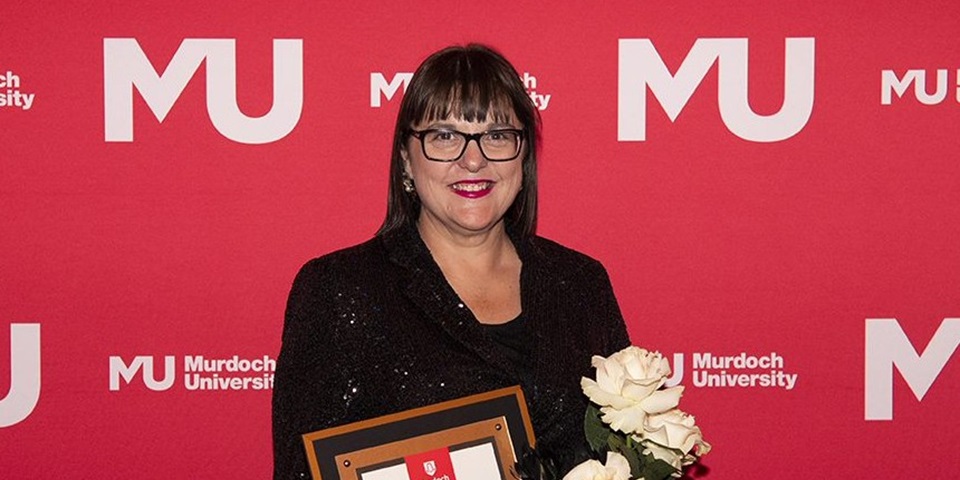Return to Our Story page
News
Health communications can save lives

In the age of DIY and finding the perfect ‘fixer-upper’ house, there is a looming threat that many young people are unaware of.
While many older properties are competitively priced in a difficult market, or hold a kitschy charm, some also hold something a little more dangerous – asbestos.
Murdoch University’s Dean of the School of Media and Communication Associate Professor Renae Desai FCPRA has a passion for science and health communications, and she set out to discover the best digital platforms for connecting with people who may be buying and renovating older homes.
Associate Professor Desai signed on to be project manager of the Australian Asbestos Network (AAN) website in 2009 and continues in this role today.
Led by Emeritus Professor Gail Phillips, a team of history, communications and journalism researchers at Murdoch designed the website to communicate the risks of asbestos through online storytelling and community engagement.
In an Australia Research Council ERA impact study conducted and published in 2018, Associate Professor Desai said the website project was one of the first online resources of its kind when it began.
The team of researchers collected, examined and created text, photography, video and audio to record the history of asbestos in Wittenoom and documented them online.
“I wanted to examine and communicate health risk, and health communication in this context, whilst telling the stories of those affected by asbestos and its related diseases,” she said.
The power of reigniting a conversation online
Associate Professor Desai said the website project added to the asbestos risk conversation, with emails and social media posts coming in from people who were either impacted by or concerned about contact with asbestos in their environment.
“We utilised audio and video to give a voice to Australians who have been affected by asbestos, particularly those who worked and lived in Wittenoom,” she said.
Hearing the stories helps the online audience to experience it through a personal lens and hopefully take that learning into their own experiences with asbestos.
The project identified that Australia is known to have one of the world’s highest rates of asbestos-related disease, and that the country could face a third wave in lieu of home renovations.
It is estimated that more than one million Australian homes were built using asbestos sheeting, but even more have it hiding in unexpected places such as in the eaves, in textured paint in the ceilings and walls, as an adhesive in wet areas (particularly under linoleum flooring), and as insulation for hot water systems.
Today, the website continues to act as both an archive of stories and a portal for asbestos-related resources for the Australian community.
